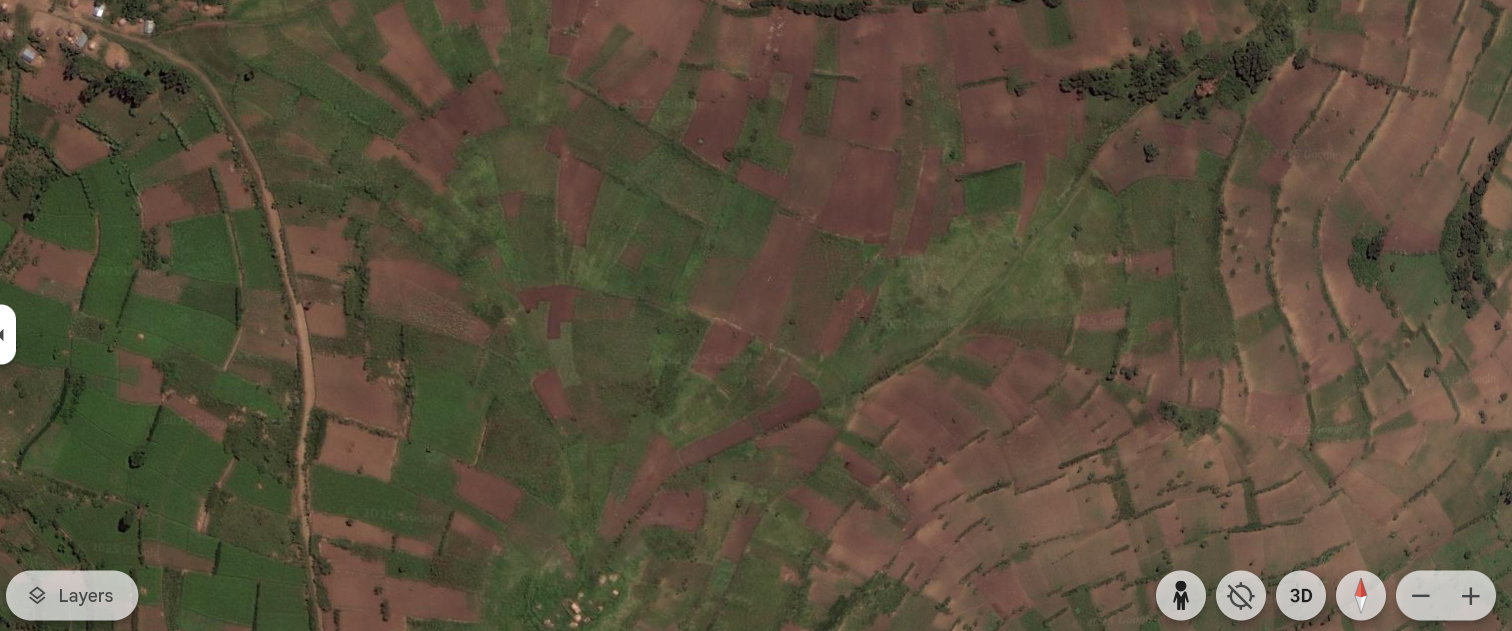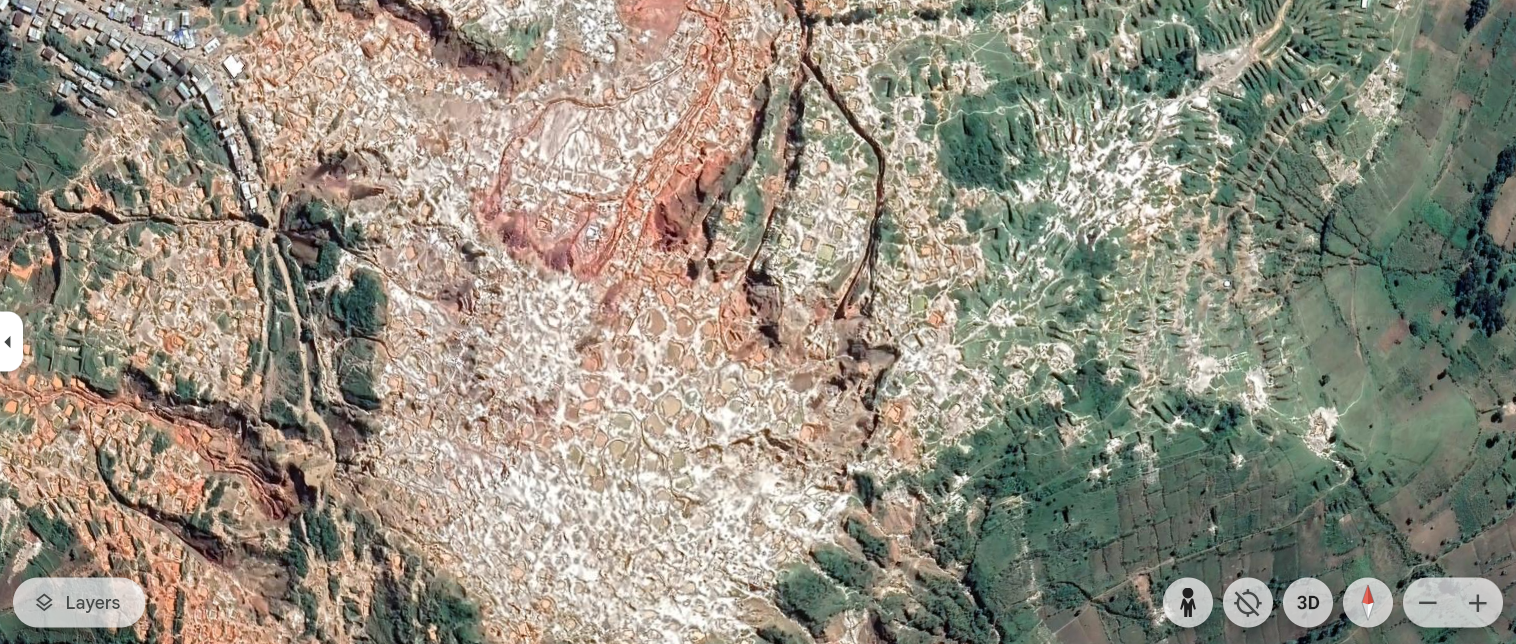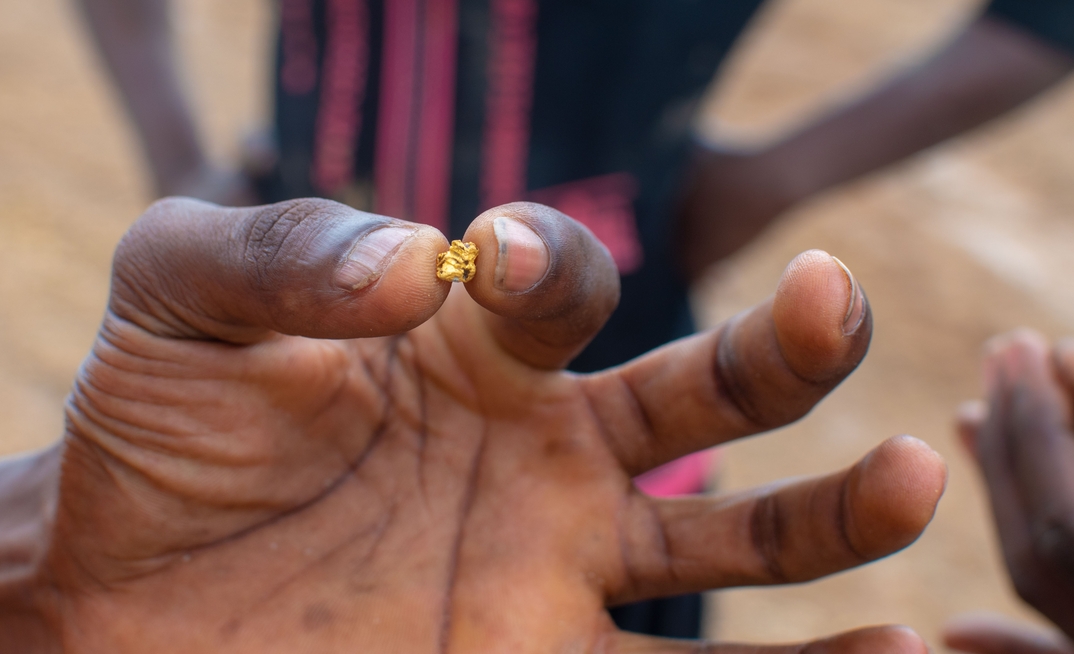µ¬÷ðì‰øÀþ[ëÚ has investigated satellite imagery from Google Earth spanning over a decade, revealing a stark transformation in Rubaya, Eastern DRC.
Pockets of excavation have spread like an affliction across the land, replacing green pastures with pocket-marked unregulated mine sites in the region allegedly controlled by M23.
This visual evidence comes as conflict in the DRC, which is claiming numerous lives each day, dulls into the background—two months have passed since M23 rebels seized Goma.
The international awareness of illegal mining, human rights violations, and geopolitical tensions in the mineral-rich region is growing, but intervention remains elusive.
YOU MIGHT ALSO LIKE


Ravaged landscape
Satellite images tell a story of creeping devastation. In 2009, Rubaya appears to be largely pastoral, with only minor mining sites. But by 2021, illegal mining activity has expanded drastically.
The surface of the land is now pockmarked, resembling acne-ridden skin—a network of extraction sites creeping outward with no signs of abatement. M23's military campaign began on 27 March 2022, suggesting that more recent satellite images will reveal further development.
According to a December 2024 UN letter, M23 has established systematic control over Rubaya, creating a "shadow administration" to oversee mineral extraction.
The group reportedly collects at least US$800,000 monthly from coltan production.
"In North Kivu, a ceasefire agreed between the Democratic Republic of the Congo and Rwanda failed to prevent AFC/M23, systematically supported by the Rwanda Defence Force (RDF), from gaining significant territory, including in mineral-rich Walikale territory," the report stated.
Coltan trade
The Rubaya mines are officially licenced to Société Minière de Bisunzu (SMB) and are the largest coltan-producing sites in the DRC, responsible for about half of the country's total output.
The demand for coltan, which contains tantalum used in capacitors for electronic devices, has driven fierce competition for control over the region.
For years, the Congolese government has struggled to regulate these mines. According to the UN letter, "Some 10,000 people worked in Rubaya in the different phases of mining."
At least 150 tons of coltan were fraudulently exported to Rwanda and mixed with Rwandan production.
A miner's daily earnings amount to roughly a dollar for 14 hours of work. But now, M23's dominance has turned Rubaya into an economic engine for its operations.
According to the UN, minerals extracted from the region are smuggled into Rwanda, where they are mixed with legitimate exports. The UN report highlights that "at least 150 tons of coltan were fraudulently exported to Rwanda and mixed with Rwandan production."
Rwanda denies supporting M23, insisting that the militia is a domestic DRC issue. The UN report cites "de facto control" by the Rwandan military over M23 operations, making Kigali "liable for the actions of M23." The accusations have fuelled diplomatic tensions, with the DRC severing ties with Rwanda in January.
Biting back, Stephanie Nyombayire, press secretary for the President of Rwanda, said on Twitter/X: "After decades as a failed state, delegating governance to armed groups because leaders are too busy stealing the nation's resources to buy castles in Belgium, DRC has traded in threats of " à la moindre escarmouche" for a new low: INVENTING a genocide to cover up the truth of their own failures. The deaths that occurred and are still occurring today are the result of the inability to govern, to look beyond personal interest and protect citizens."
Parallel government
The unregulated exploitation of Rubaya's mines is a symptom of a broader collapse in governance. M23 has not only seized mining operations but also installed what the UN stabilisation mission in DRC (MONUSCO) describes as a "parallel administration." The group has appointed officials to oversee mining, trade, and taxation, creating an illicit economy that undermines the Congolese state.
MONUSCO's head, Bintou Keita, briefed the UN Security Council on Thursday and said that the armed groups are both seizing territory and installing their administration. According to Keita, M23 has appointed a governor, two vice-governors, and mining and financial officials in North Kivu.
Despite MONUSCO's presence since 2010, its peacekeeping efforts have faltered.
The mission began withdrawing troops from South Kivu in June 2024 at the DRC's request, but Kinshasa later reversed course, appealing to the UN Security Council to extend MONUSCO's mandate through 2025. Meanwhile, human rights violations—including summary executions, forced child recruitment, and sexual violence—have surged.
Human toll
The toll on civilians is immense. In the last three months alone, humanitarian workers documented 403 grave violations of children's rights. Reports indicate that some girls as young as five have been subjected to sexual violence.
"Internally, displaced girls and boys are traumatised," said Charlotte Slente of the Danish Refugee Council, addressing the Security Council.
The crisis extends beyond Rubaya. In Ituri province, just north of North Kivu, violence between the CODECO and Zaïre armed groups has escalated. Civilians living near mining zones and farmland are particularly vulnerable and bear the brunt of attacks.
Supply chain contamination
Over the years, minerals have been steadily removed Rubaya, as satellite imagery confirms. But what is their destination?
According to the UN, smuggled minerals are mixed with legally obtained coltan and distributed in global markets, making it difficult to trace the true origins of materials used in Western tech industries.
With its diplomatic ties to Rwanda severed and armed groups strengthening their grip on the eastern DRC, Kinshasa is facing a dire situation.
Tshisekedi made headlines with his offer of ore to the US, but sceptics say that a minerals-for-security pact is unlikely while other countries are able to cheaply access DRC resources in war.












